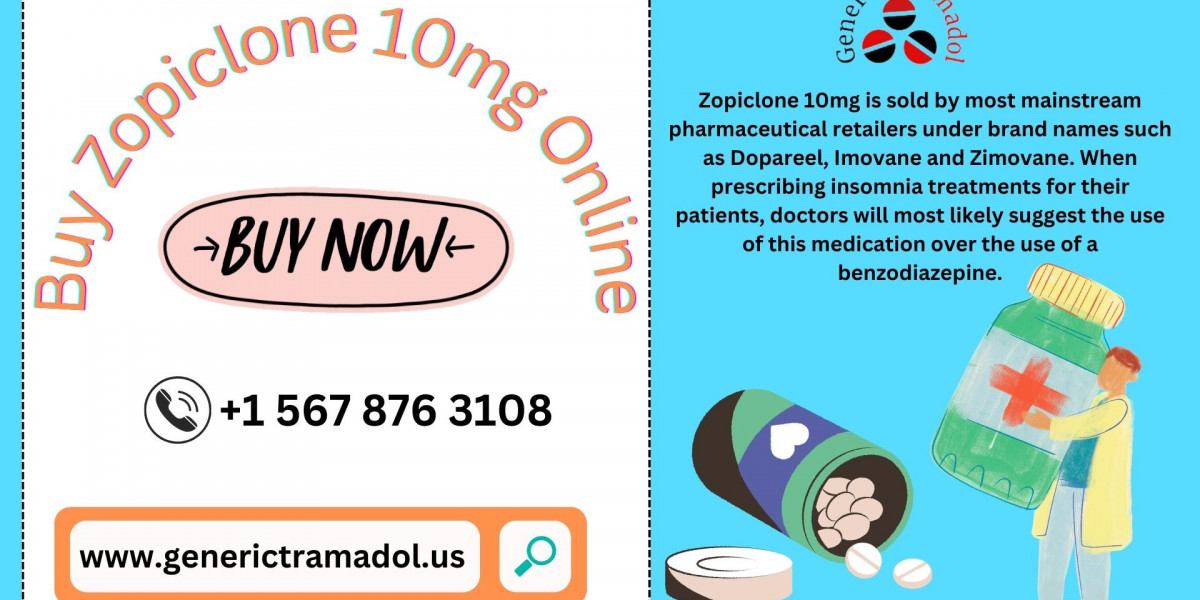In 2025, mobile-first strategies are no longer optional; they are foundational. With global smartphone usage surpassing 7 billion, mobile apps have become essential platforms for communication, shopping, entertainment, productivity, and more. Brands seeking direct access to users are turning increasingly to mobile apps as a core channel for engagement, retention, and revenue. The success of any mobile-focused business today depends heavily on how well it plans and executes mobile app marketing campaigns. Unlike generic digital advertising, mobile app campaigns require tailored strategies that consider user context, in-app behavior, and platform-specific dynamics. The shift from acquisition-centric to lifecycle marketing has also transformed how brands measure and optimize success.
Building the Framework for Campaign Success
To succeed in the mobile space, brands need a strategic foundation that aligns goals with execution. A well-structured mobile app marketing campaign starts with defining key objectives be it user acquisition, engagement, monetization, or re-engagement. Each goal dictates a specific approach in terms of targeting, creatives, and KPIs. For example, if the focus is on gaining new users, install-driven formats like playable ads or social influencer promotions may be prioritized. On the other hand, if the aim is to drive purchases or subscriptions, retargeting and lifecycle messaging become crucial. Effective campaigns are rooted in user insights, fueled by data, and adapted through continuous testing.
Targeting in a Privacy-Conscious World
As privacy regulations evolve, so must targeting strategies. With reduced access to third-party identifiers, advertisers are shifting toward contextual and behavioral targeting based on anonymized or first-party data. App usage patterns, content interaction, and time-of-day activity help define high-value segments. Sophisticated AI tools enable real-time segmentation, allowing marketers to serve relevant messages without breaching user trust. For instance, targeting users who’ve spent over five minutes in an app but haven’t converted within a specific timeframe can trigger mid-funnel ad sequences or in-app incentives. Effective targeting now balances relevance with respect for user privacy, building long-term loyalty instead of short-term gains.
Designing Mobile-First Creative Assets
In mobile advertising, the creative element plays a decisive role. Ads must be visually compelling, fast-loading, and easily understood. Unlike desktop campaigns, mobile creatives compete within crowded screens and limited attention spans. Successful mobile app marketing campaigns use vertical videos, interactive formats, and native visuals to improve user experience and reduce drop-off rates. Clear messaging, strong branding, and a singular call-to-action drive higher conversions. Creative testing is now more efficient than ever, with automated A/B tools enabling marketers to deploy, measure, and iterate asset variants quickly. Personalization at the creative level such as geolocation-based messaging can further enhance campaign impact.
Choosing Channels and Formats Wisely
The mobile ad ecosystem is rich with distribution options. Advertisers must select channels that align with campaign objectives and target audience behavior. While social media platforms like TikTok and Instagram remain powerful for reach and engagement, ad networks, DSPs, and programmatic platforms offer broader scale and cost efficiency. Format selection is equally important. Video ads are ideal for storytelling, while native ads integrate seamlessly into app feeds, maintaining user flow. Rewarded video ads offer strong engagement by providing users with value in exchange for attention. Playable ads are increasingly popular for gaming and utility apps, allowing users to try before they download. The key is to test multiple formats and allocate budgets based on ROI.
Multi-Touch Attribution and Campaign Analytics
Attribution has become more complex but also more insightful. Mobile app marketing campaigns require multi-touch attribution models to assess the full journey a user takes before converting. Simple last-click models no longer reflect how modern users engage across platforms. Advanced analytics now track view-through conversions, in-app events, session length, and purchase frequency. These insights reveal not just which ad drove an install but which channel and message contributed to long-term engagement. KPIs should align with the campaign goal click-through rates and CPI for acquisition, ROAS and lifetime value for monetization, and retention rates for re-engagement efforts. A strong analytics foundation is non-negotiable for campaign success.
Optimizing for the Entire App Lifecycle
Today’s best mobile app marketing campaigns don’t stop at install; they extend across the entire app lifecycle. Onboarding sequences, push notifications, and in-app prompts keep users engaged and progressing toward value. Deep linking helps re-engage inactive users by directing them to specific app content or offers. Gamification, loyalty programs, and timed rewards can enhance user retention and encourage monetization. Re-engagement is especially crucial in verticals like gaming, finance, and eCommerce where churn can occur rapidly. Using lifecycle campaigns that adapt based on user behavior ensures that marketing efforts remain relevant and impactful over time.
Aligning Monetization and User Experience
Monetization and user satisfaction must go hand in hand. Whether using in-app purchases, subscriptions, or ad-based revenue, maintaining user experience is essential. Ad placement should feel natural and non-disruptive. Rewarded ads, in particular, have proven to be highly effective, offering users something of value, extra lives, content access, or discounts in exchange for watching a video or engaging with a promotion. Subscription models work best when supported by a strong value proposition and free trial periods. The most successful apps use hybrid monetization, combining various revenue streams while continuously testing pricing, placement, and user flow to maximize both satisfaction and income.
FAQs
What is the most effective format for mobile app advertising in 2025?
Rewarded videos and interactive ads remain highly effective due to their user-first approach, driving both engagement and higher-quality conversions without disrupting the in-app experience.
How do I measure the success of my mobile app campaign?
Success depends on the objective. Use metrics like CPI, retention rate, ROAS, and session duration. Multi-touch attribution and in-app analytics provide deeper insights into campaign effectiveness.
How can I reduce churn after user acquisition?
Implement onboarding flows, re-engagement messages, deep links to app features, and loyalty rewards. Personalize user journeys to maintain interest and encourage repeat usage.
What should I consider when selecting an ad channel?
Choose channels based on audience behavior and campaign goals. Social platforms offer reach, while DSPs and ad networks provide scale and advanced targeting for performance-driven results.
Conclusion
The future of digital advertising is being written in code app code. As users become increasingly app-dependent, mobile app marketing campaigns are the cornerstone of growth for brands aiming to remain competitive in 2025 and beyond. Winning requires more than installs; it requires building meaningful, ongoing relationships with users through targeted outreach, smart creative, and life cycle thinking. As platforms and technologies evolve, so must your approach. For brands seeking scalable results across global markets, propellerads offers solutions built for high-impact app advertising with performance, precision, and privacy in mind.
About the Author:
Emily Tran is a mobile marketing strategist with deep expertise in user acquisition and performance campaigns at Propeller Ads. She helps brands grow through data-driven insights and creative advertising solutions. Visit to learn more and take your mobile campaigns to the next level.








